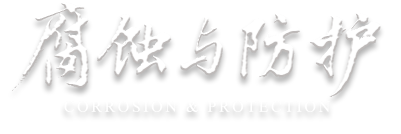Abstract:
Three coating materials for bronze cultural relics were studied, including Paraloid B-72 (B72), polyvinyl butyral (PVB), and microcrystalline wax. By evaluating the appearance change, film-forming properties, water resistance, acid and alkali resistance, damp heat aging resistance, and ultraviolet light aging resistance of the three coating materials, the best coating material for bronze cultural relics was screened out. In addition, using Fourier transform infrared spectrometer, the film samples after ultraviolet light aging were analyzed, so as to explore the mechanism of ultraviolet light aging. The results show that both B72 and microcrystalline wax exhibited good protective performance, while PVB exhibited relatively inferior effectiveness. However, considering that the application of microcrystalline wax was more cumbersome and had a greater impact on the appearance of artifacts, B72 was the most suitable coating material for bronze cultural relics. During the ultraviolet light aging process, the microcrystalline wax underwent slight oxidation, while B72 and PVB both experienced chain breakage and cross-linking reactions, resulting in varying degrees of changes in their internal functional groups.

 下载:
下载: